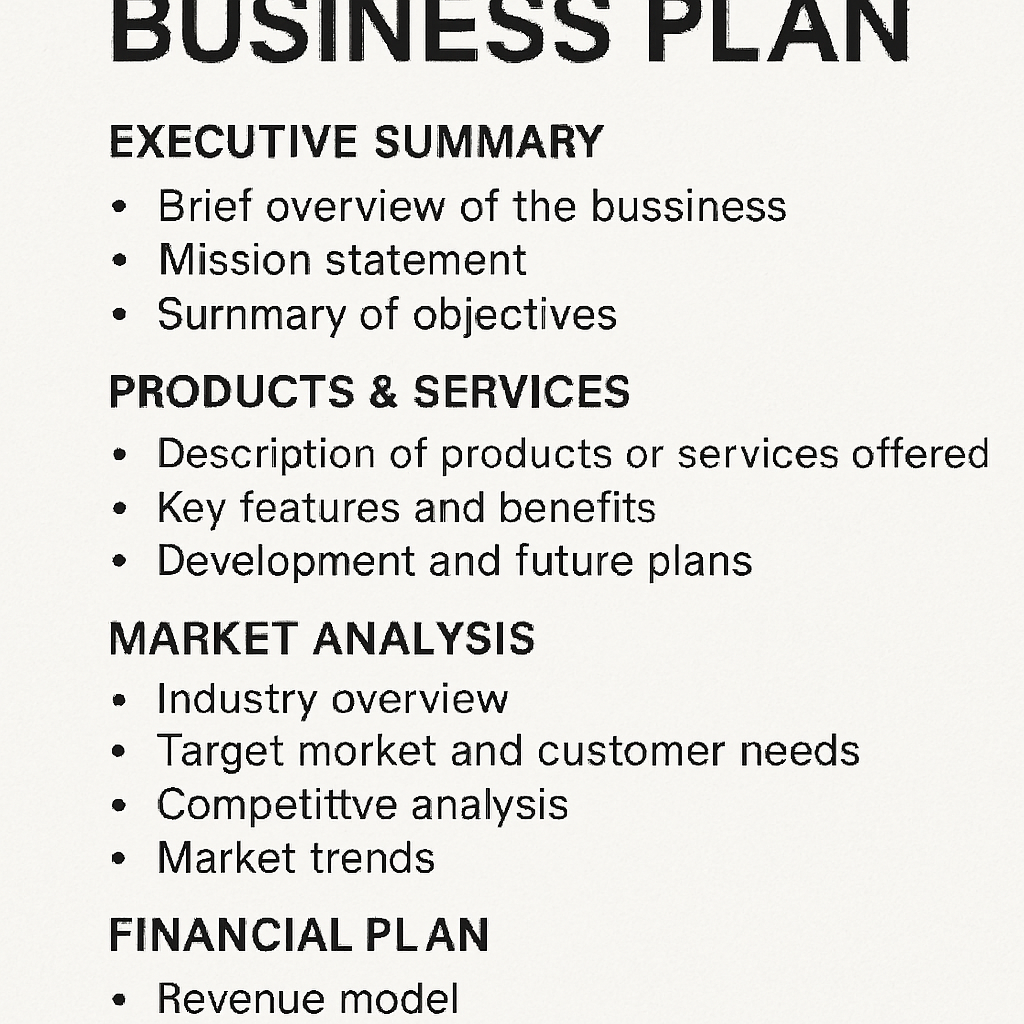In the current context of high-speed business, efficiency is more crucial than ever. Companies are always looking for ways to optimize their operations, reduce costs, and improve productivity. One of the most effective strategies to achieve these goals is the use of workflow automation tools. These tools streamline processes, minimize manual tasks, and allow teams to focus on more strategic initiatives. In this article, we will explore how workflow automation can transform your company's operations.
Workflow automation involves using software to automate repetitive tasks and processes. By adopting these tools, businesses can reduce the time and effort required to complete daily tasks. This not only boosts productivity but also minimizes the risk of human error.
The fundamental principles of workflow automation
At the heart of workflow automation is the creation of efficiency by using technology to perform tasks that would otherwise require human intervention. This involves setting up rules and triggers that automatically execute certain actions. By understanding these principles, businesses can identify the most relevant areas to automate and maximize the return on investment.
The evolution of workflow automation
Workflow automation has evolved significantly. Initially, companies relied on basic scripts or macros to automate simple tasks. Today, advanced software solutions can automate complex processes across multiple platforms, integrated with existing systems, to provide a seamless experience.
The role of artificial intelligence in automating workflows
Artificial Intelligence (AI) is playing an increasingly important role. Tools powered by AI can analyze data, make decisions, and learn from past actions to improve efficiency. These capabilities allow for the automation of more sophisticated tasks and achieving higher levels of productivity and accuracy.
The main benefits of workflow automation
- Increased productivity : by automating routine tasks, employees can focus on higher value-added activities.
- Time-saving: automation drastically reduces the time spent on monotonous tasks, fostering innovation and motivation.
- Enhanced focus: fewer distractions on repetitive tasks, better concentration on key responsibilities.
- Employee empowerment : teams can focus on more challenging projects.
- Cost reduction : less manual intervention, improved resource allocation.
- Long-term labor savings, resource optimization and long-term financial gain despite the initial investment.
- Enhanced precision: automation software performs tasks with rigor, reducing human errors.
- Data integrity : consistent and accurate processing of information.
- Simplified compliance and reporting : more reliable data management and standards tracking.
- Optimized collaboration: centralized communication, simplified task management, improved inter-departmental coordination.
How does workflow automation work?
The tools use predefined rules to automatically execute tasks based on conditions and triggers. For example, receiving a customer request can trigger an automatic response, provided that it meets certain criteria (such as being submitted during business hours).
Mechanisms of tools
These tools rely on logical steps and conditions that can range from sending an email to complex multi-system processes. Understanding these mechanisms well is essential for designing effective workflows.
Triggers and conditions
- Triggers: events that initiate automated processes
- Conditions : criteria to be met for automation to trigger (e.g., schedules, type of request)
Design and customization of workflows
These tools allow businesses to design custom workflows, tailored to their specific needs and aligned with their existing processes.
Types of workflow automation tools
1. Task automation tools
- Ideal for startups or SMEs
- Automates simple tasks (reminders, scheduling)
- User-friendly interfaces, easy to deploy, scalable
2. Process automation software
- Suitable for larger organizations
- Automating end-to-end processes
- Integration with internal systems, customized solutions
3. Integration Platforms
- Connecting multiple applications for a smooth data flow
- Reduce redundancies, improve data accuracy
4. RPA (Robotic Process Automation)
- Simulating human actions in software
- Useful for data entry, billing, report generation
- Highly scalable, accurate, applicable to various tasks
How to implement automation in your business?
1. Assess your needs
- Audit of current processes to identify repetitive or time-consuming tasks
- Prioritization of automation opportunities
- Clear objectives aligned with the overall strategy
2. Choose the right tools
- Look for user-friendly solutions that are compatible with your systems
- Involve stakeholders in the choice
- Conduct pilot tests before full deployment
3. Plan the implementation
- Develop a roadmap with timelines, resources, and KPIs
- Allocate budget and personnel specifically dedicated to implementation
4. Form your team
- Training program to familiarize users with the new tools
- Ongoing support to ensure adoption and continuous improvement
- Foster a culture of innovation and feedback
5. Monitor and optimize
- Regular monitoring of automated performances
- Data analysis to identify improvement opportunities
- Adapt workflows to the evolving needs of the business
Concrete examples of successful automation
Example 1: Customer Support
An e-commerce company automated their ticket management system, with automatic routing to the competent agent. Result: faster responses, improved customer satisfaction, and the ability to scale easily.
Example 2: Sales Process
A tech startup has integrated an automation tool into its CRM to automatically qualify leads, assign them to salespeople, and track their progress. This has increased conversion rates and freed up time to close more sales.
Example 3: HR Integration
A large company has automated HR onboarding: distribution of documents, scheduling of welcome sessions, and sending reminders. This has improved the experience of new employees and relieved the HR teams.
Conclusion
Workflow automation tools are revolutionizing the way businesses operate by enhancing efficiency, reducing costs, and strengthening accuracy. Whether you're leading a small startup or a large corporation, automation can help you achieve your goals while remaining competitive. By thoughtfully selecting and implementing the right tools, you will unlock significant potential for organizational performance.
- Adapting to market changes: more agility to remain competitive
- Encourage innovation: free up teams from repetitive tasks to focus on the future
- Building a sustainable future: optimizing processes, reducing waste, and creating value



 Carl Lucier
Carl Lucier
